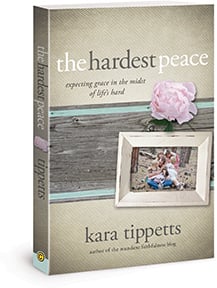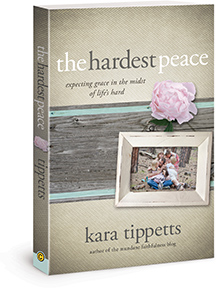The stories of two impending deaths has recently come before our society’s attention, and justly so. Brittany Maynard, a 29-year-old who recently transplanted herself from San Francisco to Oregon, explained why she is planning to commit physician’s-assisted suicide. Her account was elegantly and movingly countered by that of Kara Tippetts, who has documented her own ongoing struggle with cancer in a forthcoming book.
It is nearly impossible to speak well of such matters: there are few aspects of our lives that are as intimate or personal as the manner of our death. Whatever theological claim we might make about it, even if none at all, many of us are gripped by an inescapable instinct that death poses a challenge to us, that it raises a question about the meaning of our lives to which we must provide an answer. We cringe, rightly, at the banality of a ‘funeral selfie’; but we lack a category altogether, thank God, for a ‘dying selfie.’ Television stations still shield us from showing videos where people die, and rightly so. There is perhaps no greater proof of our fundamental and universal commitment to the sacredness of human life than that we endeavor, whenever possible, to protect ourselves from voyeuristic viewings of the moment of its passing. We may wish them to be known, but only by those who already know us well. To have it otherwise is a kind of profanation of the mystery of human life and mortality.
So there is a serious danger about reflecting on the manner of these two coming deaths: to write about them risks trespassing upon the holy and terrible moments that they will respectively face. What is more, my own death is not imminent, at least that I know: while I have reflected more on it as a possibility than most people my age I know, I have been assured (and readily believe it) that there are few matters where the gap between theory and the encounter is wider.
Still, the way they have spoken of what is before them invites such reflection: they have, for better or worse, made available to us the stories they are telling themselves in order to prepare for that final day. Those stories are different, and those differences matter: but there is a kind of boldness beneath each that I wonder whether I would have. To invite a kind of publicity into one’s own death requires a unique kind of confidence: I would be tempted to falsify my own existence under such scrutiny. That is a temptation for all of us even now, no doubt, but beneath the shadow of death such temptations take on a new force.
But their stories contain two separate worlds.
Login to read more
Sign in or create a free account to access Subscriber-only content.
